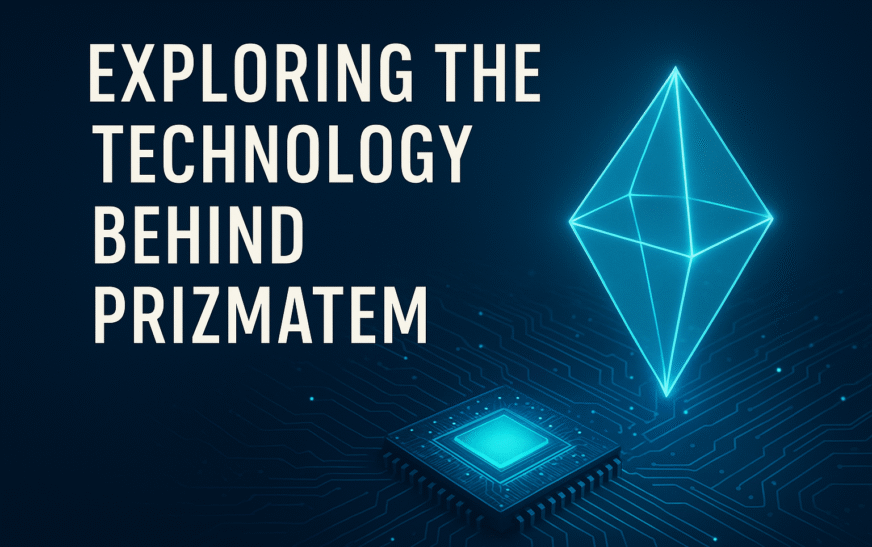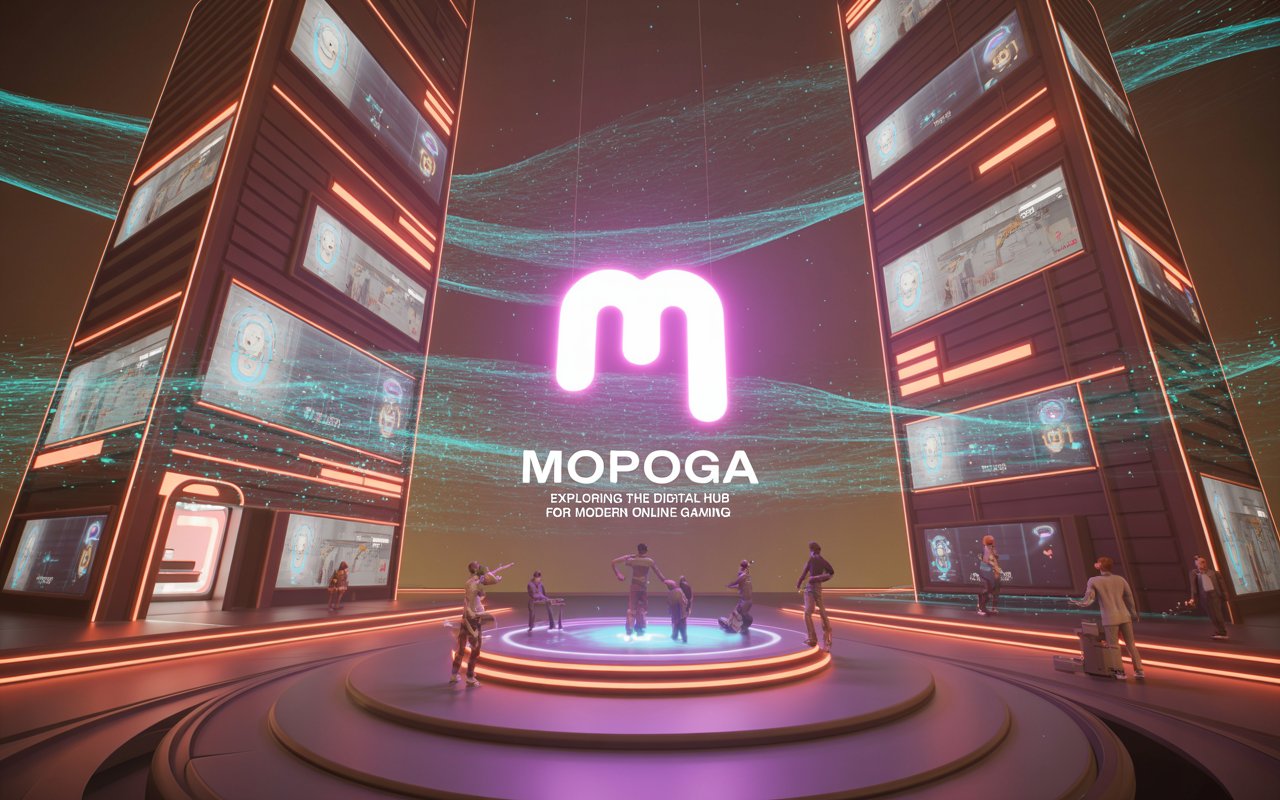In the merging fields of materials science, optics, and technology, Prizmatem stands out as a dual-innovation optical material and smart system. Prizmatem technology shapeshifts from transparent composites to AI-powered visual layers, transforming our ways of perceiving, computing, and even interacting with the world. It’s time now to explore the foundations, workings, and prospects of Prizmatem.
What is Prizmatem?
Prizmatem is best understood as a conceptual advanced composite material and a system. It does not compact into a single, defined product, instead, it integrates modular AI, smart design, and advanced light manipulation technologies.
As a physical material, Prizmatem is a transparent composite material which consists of a polymer matrix containing micro-prisms of silica. Micro-prisms refract, redirect, and filter light whilst enabling polish, strength, and elastic access.
In a broader technological sense, Prizmatem can also refer to a composite system of visual interfaces arranged as layers, AI-powered rendering, interactive user control, and intelligent system-driven modular analytics. Prizmatem allows creating separate, upgradable and customizable components.
The Science & Materials: Micro-Prisms and Polymer Foundations
Silica Micro-Prisms
The Prizmatem technology is based on microscale silica prisms arranged within thin sheets or panels. Prizmatem technologies microscale prisms or silica prisms refract light as micro lenses. These prisms have an impressive transparency of over 90 percent and refractive index of optical glass ~1.6.
Polymer Matrix & Manufacturing
A lightweight and durable polymer matrix encapsulates the prisms. This Polymer matrix, which is sometimes a UV-curable methacrylate, provides flexibility, impact resistance, moisture tolerance, and adjustable temperatures. In addition, these polymer matrixes can have surface layers which are antifog or scratch resistant.
The prisms manufacturing approach includes dispersing micro prisms within a liquid resin which is coated and cured with UV light. The prisms are then casted or molded into panels and undergo a post-processing.
Optical & Mechanical Advantages
- High Optical Clarity: Compared to traditional composites or glass, Prizmatem offers far greater light control while maintaining visual clarity.
- Lightweight & Tough:Prizmatem is tough to impact glass, and even lighter, making applications in mobile, wearable, and even architecture are far more practical.
- Enhanced Light Manipulation: Allow for the programmable refraction of light, anti-glare and UV filtering, as well as light data encoding.
- Durability: Along with mechanical stress, Prizmatem is resistant to shattering, moisture, extreme temperatures of -20 to 85 degrees celsius.
- Customizable:Performance for specific applications can be tailored by altering polymer mix, prism density, orientation, or specific coatings.
Technological Framework: Layered, Adaptive, Intelligent
In addition to the material features, Prizmatem integrates a philosophy of design modular intelligence, visual layering, and real-time responsiveness.
- Modular Architecture: Parts can be changed, upgraded, or scaled independently without major disruptions which ensures relentless refinement. .
- Layered Interactions:Information is conveyed through multiple visual frameworks, allowing for a glance-based understanding of intricate context or information. The layers allow for understanding a single piece of information on a deeper level.
- With Real-Time Adaptation: Prizmatem systems are equipped with built-in sensors and AI which allow for dynamic alterations of transparency and brightness in relation to environmental factors or the user’s preferences. Prizmatem systems can change illumination, transparency, responsiveness, or a combination of those factors dynamically.
- AI & Cloud Integration: Cloud connectivity allows for scaling and life monitoring, enabling automatic setting adjustments based on predictive changes. Personal health, AI for personalization, or monitoring features rely on the cloud for remote control.
Applications: From Healthcare to Smart Architecture
Prizmatem’s versatility spans diverse fields:
- Healthcare & Imaging: High-definition panels for clearer diagnostics; interactive displays allow layered visualization of scans and patient data.
- Displays & Visual Workflows: Their screens have the color precision near 100% color spectrum in contrast to the 70% standard displays achieved. This increases user comfort and durability as well. Artists and designers work with vivid and enhanced precise imagery which benefits them greatly.
- AR/VR & Smart Interfaces: Prizmatem technologies enable the design of more precise and lightweight augmented reality glasses, as well as adjustable privacy light windows and responsive display walls that change illumination based on light conditions.
- Architecture & Energy Efficiency: Prizmatem’s adaptive windows switch on or off intelligently, conserving energy and increasing ease of use in buildings.
- Smart Data Visualization: Prizmatem dashboards are used in pedagogy, business, and even in urban planning since they offer three-dimensional interactive layering data visuals which make the understanding of information easier and better thus making decision-making easy.
Benefits and Challenges
Benefits:
- Integrity of Information and Visuals: No other brand delivers light control and clarity like Prizmatem does.
- Flexibility: Usability in various spaces and contexts because of modular design.
- Lightness and Durability: Lighter than glass while still being strong and resilient.
- Environmental Impact: Lower energy processes in manufacturing and supporting construction green building reduces waste.
- Context and User Driven Interfaces: Adapt to user’s and context needs in real-time because of AI.
Challenges:
- Production Expense and Mass Scale: Widely produced AI and advanced material manufacturing technology incurs higher production expenses.
- Multi-disciplinary specialization in AI, optics, nanotech, and software engineering makes it complex in design technology.
- Adoption and Integration: Prototypical design and niche applications dominate the market, stalling integration in the mass market.
- Prizmatem integration: may require students and systems to be trained to be utilized fully, making compatibility troublesome.
- Ethical & Privacy Considerations:interface with AI needs careful consideration while user data is densely packed, bringing up privacy and ethical matters.
The Road Ahead
Prizmatem outlines a future breakthrough in design technology and display interaction—where display interfacing, smart interaction, and algorithmic intelligence come together. Future innovations predict:
- Ultra-lightweight 8K displays using curves and flexible, ultra-thin panels.
- Easy to install new packages to the older systems.
- The systems of the future: Self-cleaning surfaces, carbon-neutral manufacturing, self-cleaning buildings and material recycling, and sustainable systems.
- To developers deploying SDKs, larger open-source ecosystems and cloud-AI.
Conclusion
Prizmatem leads the cutting edge of interactivity and material innovation. Whether as an AI-infused layered interface platform or as a strikingly flexible yet transparent composite, it fuels a future of intelligent materials and modular or adaptive interfaces, where the visual experience is as seamless and fluid as human perception.
From healthcare and education to smart infrastructure, Prizmatem has the power to redefine entire industries. And while challenges remain, the capacity to integrate advanced optics, real-time intelligence, sustainable engineering, and resilient design makes the possibility of transforming design, construction, and technological interaction simply jaw dropping.













